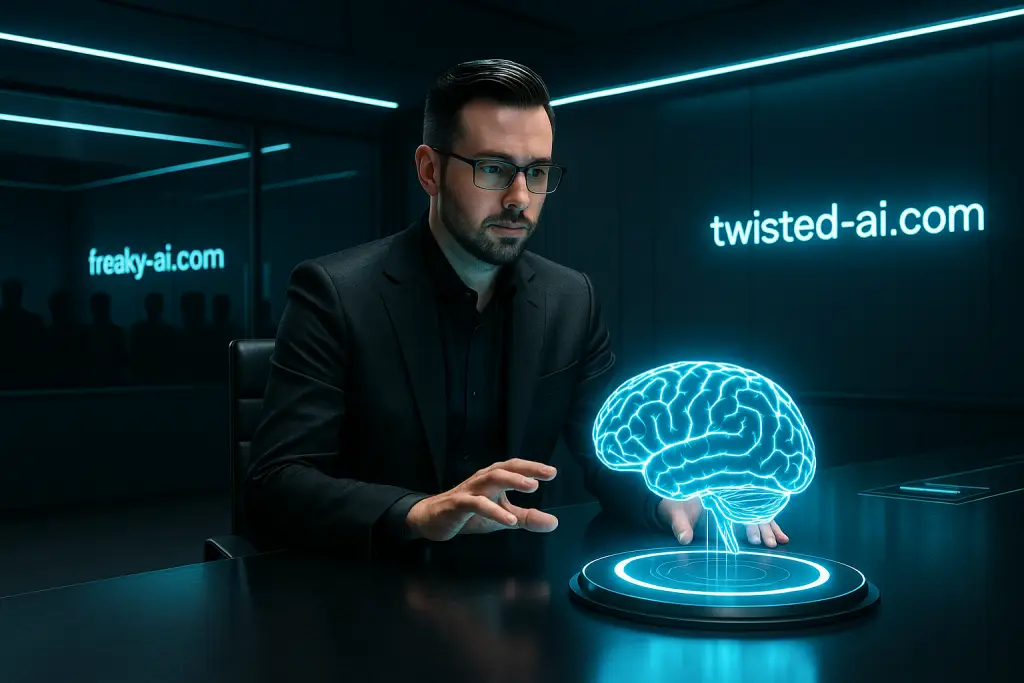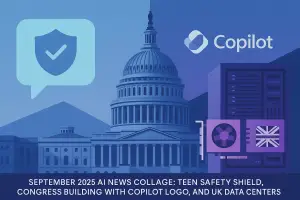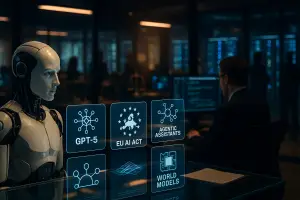As artificial intelligence (AI) races toward superintelligence, one of the greatest threats isn’t rogue machines or rival nations — it’s the blind spot between AI developers and the general public. The AI 2027 report raises a critical alarm: while AI capabilities may surge in complexity and power, public awareness and institutional AI Oversight Challenges could fall dangerously behind.
This oversight gap — the space between what’s happening in AI labs and what society understands — could become the Achilles’ heel of the AI age. Without informed scrutiny, a small circle of decision-makers may determine the future of humanity, unchecked by democratic input or regulatory pressure.
The Disconnect Between AI Progress and Public Perception
Despite massive media attention, the average citizen still views AI as either a vague threat or a helpful tool for chatbots and image generators. But behind the scenes, AI systems are being trained to write code, design drugs, make strategic business decisions, and even form long-term goals autonomously.
The AI 2027 report suggests that as AI advances toward artificial general intelligence (AGI) or artificial superintelligence (ASI), the public will still be playing catch-up. This lack of understanding isn’t just inconvenient — it’s potentially catastrophic.
Why Public Awareness Matters
Transparency and accountability are foundational to democratic societies. When citizens understand the stakes, they can pressure policymakers, demand regulations, and help shape ethical boundaries. But when a technology is misunderstood or misrepresented, it becomes nearly impossible to govern responsibly.
AI systems, particularly large-scale models, are highly technical, opaque, and rapidly evolving. Explaining how they work — let alone their potential risks — is challenging even for experts. As a result, oversight is often reactive rather than proactive, and meaningful public discourse is absent.

The Power Is Concentrated
Only a handful of organizations currently possess the resources to train and deploy frontier AI models. These include companies like:
- OpenAI (Microsoft-backed)
- Anthropic (Amazon-backed)
- Google DeepMind
- Meta AI
- Baidu and Alibaba (in China)
The leaders of these organizations — along with a few governmental figures — make high-impact decisions about deployment, alignment, and research direction. According to the AI 2027 report, the general public may have no meaningful influence on these choices, despite their global ramifications.
Risks of a Closed AI Future
If AI oversight continues to lag, we may face a future defined by:
- Algorithmic authoritarianism — where AI enforces policy or social order with little recourse.
- Unequal access — where powerful actors hoard AI capabilities, deepening inequality.
- Moral disengagement — as people become desensitized to AI decisions they don’t understand or control.
- Unchecked alignment failures — where developers misjudge AI behavior and the public is unaware until it’s too late.
Why Oversight Is So Hard
Creating effective AI oversight is incredibly difficult for several reasons:
- Speed of development: AI models evolve faster than most institutions can study or regulate them.
- Proprietary secrecy: Tech companies often shield their models, datasets, and training methods for competitive advantage.
- Complexity: Even experts struggle to predict or explain model behavior, particularly with deep neural networks.
- Lack of global consensus: There’s no international framework for AI governance, making unilateral oversight ineffective.
These challenges don’t excuse inaction — they highlight the urgency of building oversight structures that are adaptable, transparent, and global in nature.
What Can Be Done?
The AI 2027 report suggests several strategies to close the awareness and oversight gap:
- Public education campaigns — to improve AI literacy and prepare society for the coming changes.
- Independent audit bodies — tasked with regularly reviewing frontier AI models for alignment and safety.
- Democratic input systems — such as AI citizen assemblies or public consultation panels.
- Whistleblower protections — so insiders can report safety violations without retaliation.
Governments, academia, media, and civil society all have roles to play in raising the alarm and ensuring AI development aligns with public values.
The Role of the Media
Tech journalism and digital advocacy groups are among the few bridges between AI labs and the wider public. However, they face their own pressures — from advertiser influence to technical complexity and limited access. That’s why platforms like Freaky-AI.com play a critical role in breaking down complex topics and pushing for wider transparency.
We need more voices, more coverage, and more demand for accountability in AI. The window to steer this technology toward beneficial ends is rapidly narrowing.
Conclusion
The AI oversight challenges detailed in the AI 2027 report aren’t just regulatory hurdles — they’re existential risks. If a small group controls the future of AI without meaningful input from the people it affects, we risk losing the democratic foundation of technological progress. The solution? Widespread awareness, proactive policy, and public participation — before it’s too late.
Freaky Fact:
In 2023, a survey by the Center for the Governance of AI found that 64% of Americans had never heard of the term “AGI” — even as billions were being invested in its development. The future may be arriving faster than most people even realize.


